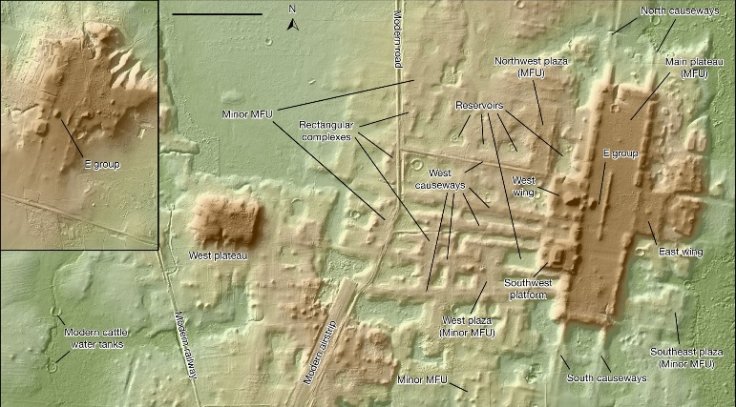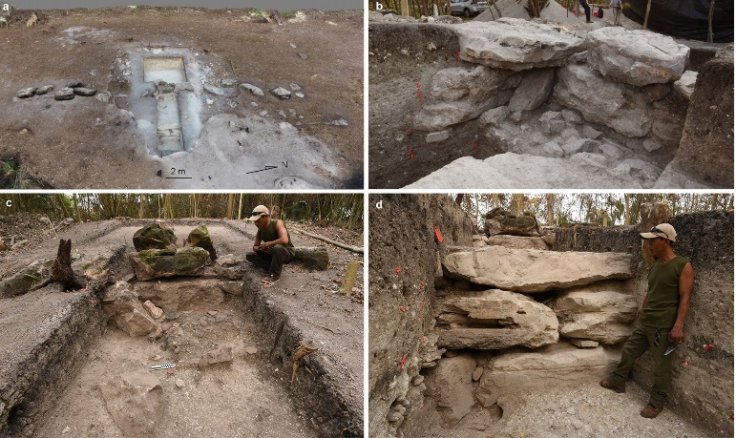Over the years, history of ancient human civilizations and the buried remains have attracted hundreds of archaeologists from around the world to the ancient Mayan monument in Mexico. While some of them are still trying to make an extraordinary finding, a team of researchers at the University of Arizona has found, what they believe, could be the largest and oldest Mayan monument ever discovered.
The hidden ancient architecture was found by using Light Detection and Ranging (LiDAR), which can produce detailed models of any terrain, revealing secrets usually hidden by tree canopy and forest. This laser mapping is not only helping the archaeologists but also increasing the speed as well as the skill of discoverers.
The LiDAR has now revealed the existence of the oldest Mayan architecture, which covers more areas than the Great Pyramid at Giza, Egypt.

The oldest Mayan archaeological evidence
Mayan civilization had flourished across Mexico and Central America from 2,000 BC to the time of the Spanish Conquistadors in the 16th Century. The civilization is best known for the taller, stepped pyramids. Over the years, archaeologists found several ancient sites like Chichen Itza.
The group of archaeologists led by Takeshi Inomata used the LiDAR technology and located a 3,000-year-old ceremonial complex constructed of multiple structures, including a pyramid-topped form, at the site of Aguada Fénix in Mexico, near the northwest border of Guatemala.
Inomata, a professor of anthropology at the University of Arizona, has revealed the details of the new research findings, published in the journal Nature, stating that "it is so huge horizontally that if you walk on the site, it looks like a part of the natural landscape. You would not recognize its rectangular shape. But in lidar, it came out nice."
He mentioned that "Without lidar, we probably would recognize the importance of this site eventually. But it would have taken many seasons of laborious mapping on the ground."

Previously known as Aguada Fénix, this Maya site in Tabasco was built somewhere between 1,000 BC and 800 BC. The huge elevated platforms at the site stand from 10 to 15 meters above the surrounding area with nine causeways extending from the platform, which would have been used for the rituals. As per Inomata, his team of archaeologists has found the jade axes and other precious objects in the center of the platform.
In addition, he said there is a possibility that the ritual involved processions on the causeways, and the gathering of a large number of people in the rectangular plaza. He said, "It was a place of gathering for the community, which probably motivated people to build it."
After this discovery, Patricia McAnany, a Maya archaeologist and a professor at the University of North Carolina at Chapel Hill and not involved in the research, said that the LiDAR technology has revolutionized the field of archaeology just like the radiocarbon dating, reported CNN.
Understanding the discovery
The recent finding has shed some light on how the community life developed in ancient times. As per McAnany, the newer evidence has suggested that ritual gatherings paved the way for a sedentary life. The study said lack of residential platforms indicates to its inhabitants who led at least a partially mobile life.
Even though the traditional view suggests that large construction projects in ancient times required a powerful elite and social inequality, Inomata said that there are no clear indicators of marked social inequality, such as sculptures representing high-status individuals. It suggests that the construction of Aguada Fénix was done in the "absence of powerful elite," said Inomata.










